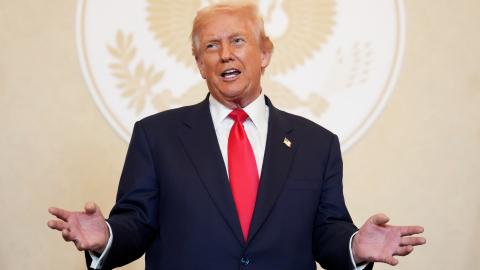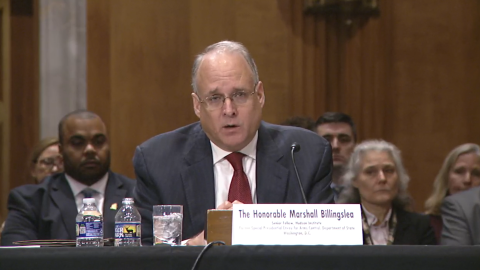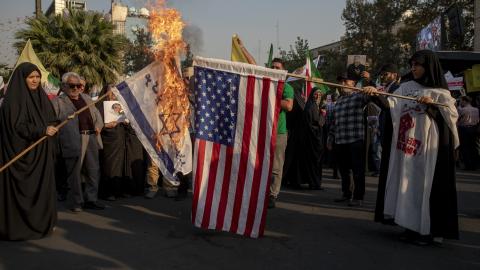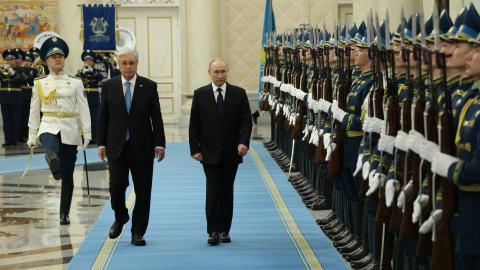Reports
- Sino-Russian Interactions Regarding Kazakhstan
- Sino-Russian Interactions Regarding Uzbekistan
- Sino-Russian Interactions Regarding the Shanghai Cooperation Organization
- Sino-Russian Interactions Regarding Central Asia: Preliminary Summary
In a series produced for the United States European Command’s Russia Strategic Initiative, Hudson’s Richard Weitz provides an updated assessment of the Sino-Russian relationship and influence in Central Asia, with a special focus on Kazakhstan, Uzbekistan, and the Shanghai Cooperation Organization (SCO).
Kazakhstan
Russian strategists view Kazakhstan as a strategic buffer due to its size, location, and shared border, leveraging historical, geographic, economic, and defense ties for influence. Meanwhile, Beijing has built strong diplomatic, economic, and energy relations with Kazakhstan, prioritizing its role in trans-Eurasian transport networks. While trilateral security cooperation remains modest, trade among Russia, China, and Kazakhstan is increasingly driven by expanding rail, pipeline, and dual-use transfer networks connecting all three countries.
Uzbekistan
Uzbekistan has substantially strengthened its defense ties with Russia, while maintaining modest military relations with China, focusing cooperation with both on counterterrorism, transportation, and energy. Still, Uzbekistan is becoming a linchpin for Russia’s and China’s separate regional integration efforts, which have not yet caused significant Sino-Russian friction. The country may seek further Russian and Chinese support to address potential threats from Afghanistan or utilize the BRICS Plus framework to enhance multilateral collaboration.
Shanghai Cooperation Organization
While not a mutual defense alliance, the SCO remains a key multilateral security structure in Central Asia. It includes Russia and China and has specifically enabled the Chinese military to rehearse power projection capabilities. Despite the SCO’s declining importance and internal differences, Moscow and Beijing maintain a robust security partnership within the organization and in Central Asia.
Preliminary Summary
Drawing on the three studies and other information, Weitz evaluates the trajectory of the overarching Russia-China relationship in Central Asia, projects their future interactions in various scenarios, and considers the implications for the United States and its partners.



















